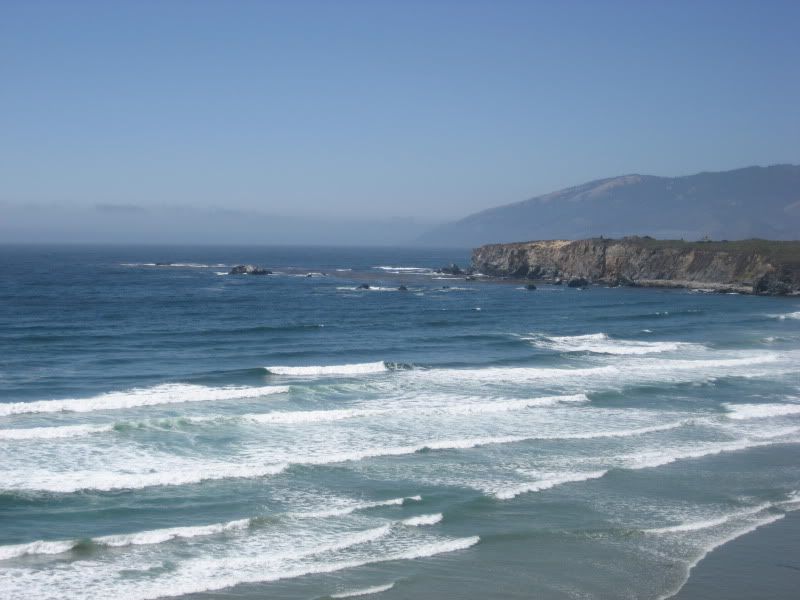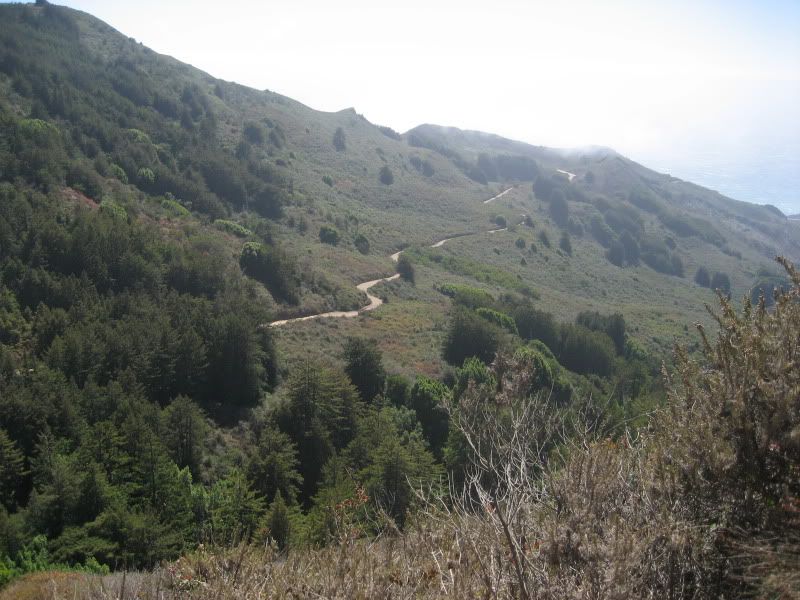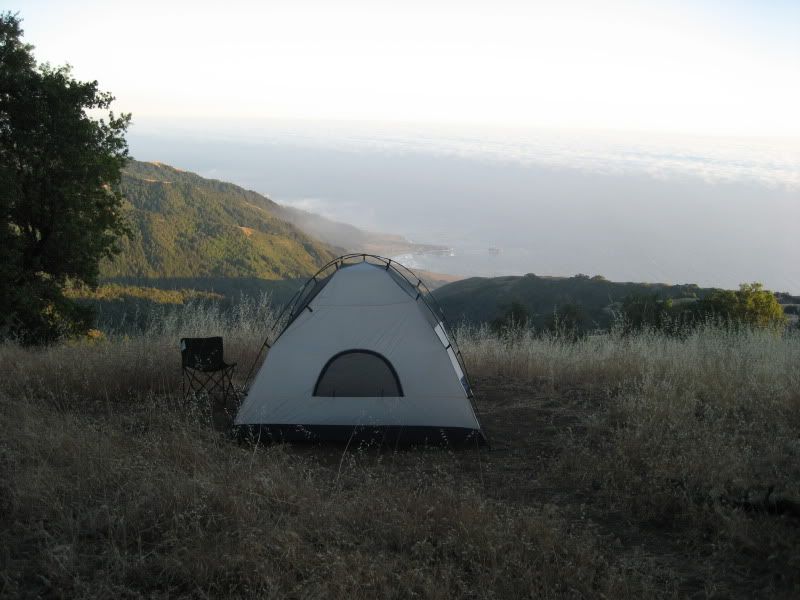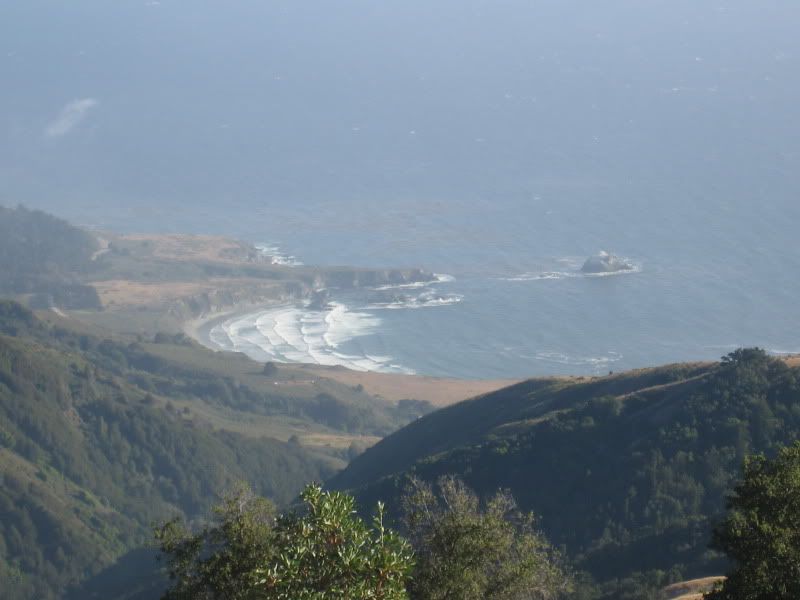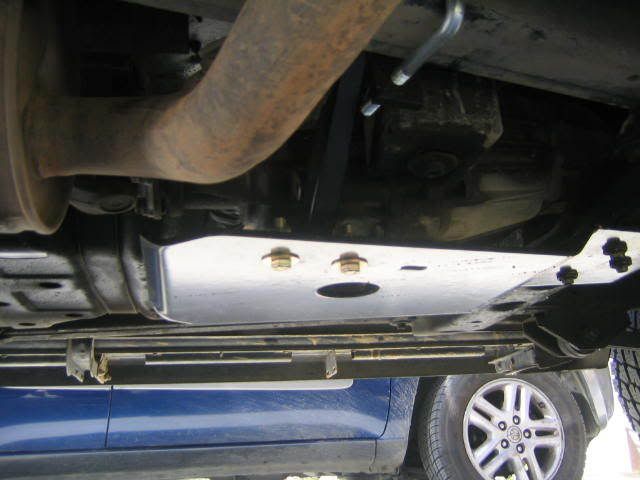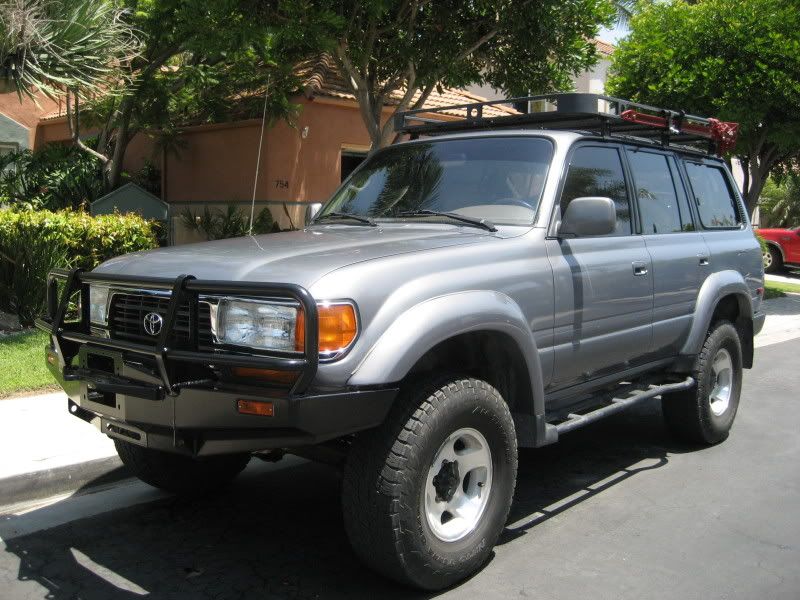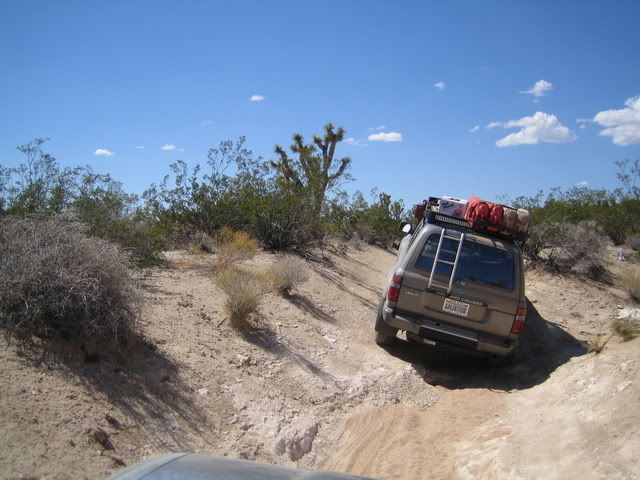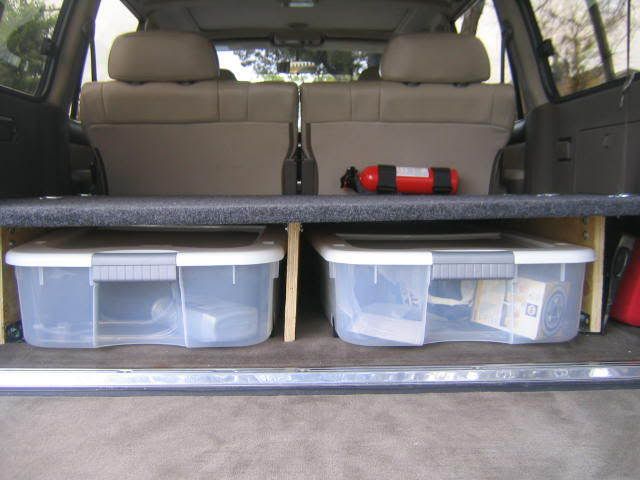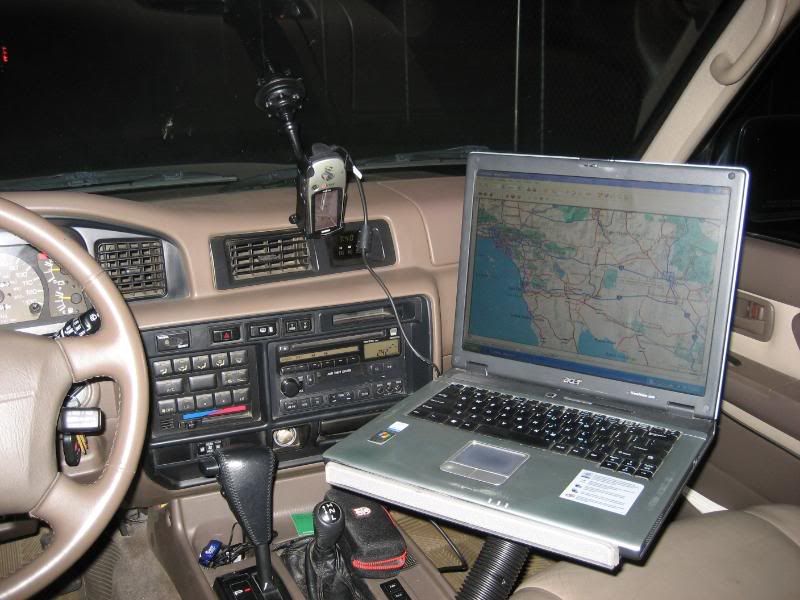
But there were other reasons besides the steep angles we were dealt with. One main reason being the trails were loosely defined, so we took a what you would call a straight scramble down from the location we had been rock climbing earlier on the rock’s west face. Perhaps yet another reason was that it was the first time we were exploring the rock, so besides carrying a hand written map of the area, a book of Tahquitz rock climbs, we could not really easily identity a traditional trail to and from the mountain, a sentiment shared by another pair of rock climbers at the parking lot who said they always seen to come down a different trail during their climbing sessions there. Well, to be fair, one trail on the hand written map sheet, had a 3.9 mile trail description to our destination, but we were leaning to the trail directions I had downloaded from a rock climbers’ website off the internet that said it would take about 45 minutes to get to from the parking lot to the rocks west face area.
For me, yet another reason was that my Keen sandals, in spite of being impressed for their multi use and descent rock grip and ankle support, did not fair so well scrambling down over loose dirt and rock debris, in addition to dry pine tree needles that covered most of the solid rock base underneath all that. I guess the Keen sport sandal’s wide foot design made it difficult to dig the foot into the soil for additional grip. Needless to say I was slipping and sliding for most of my way down, and trying to get down the mountain before sunset (we finished our climbs and packed up sometime after 4pm.) Ironically, the actual climbs Kevin and I did on the rock’s face earlier turned out to be much more mild than the harrowing scramble descent down the mountain. Both Kevin and I agreed that it would have been much safer and better to have double taken a look at the long way back on the “defined” trail than the option we took, but at least we did manage to get to the parking lot in 45 minutes. Maybe the poster on the rock climbers’ website was right after all. All in all, I did take a couple of spills, but I felt limber and with quick reflexes, and obviously only suffered external scratches, but got down safely and injury free.
The day started early for both of us, as we left our home bases fairly early in the morning and met in the town of Idyllwild around 9:30 AM for a planned day of multi pitch rock climbing session on the famous local rock. After doing some research and taken into account my relatively short rock climbing experience (I might as well mention that I am afraid of heights.) we decided to look for climbs in the 5.3 to 5.6 range, and rating typically describing a climb adequate but challenging enough for beginner to intermediate rock climber. This was a first time climbing the rock for both of us. I must say that the rock sits in a forest area that has breath taking views from all angles. At the base from where you start your climbs, you are already standing above elevations of 7,000 feet. You can see as far as your eyes can see to the West, and North, to the east, your view is blocked by a towering San Jacinto mountain range, covered with huge pine trees.

Also, the cool and sunny morning day turned into a perfect and mild 72 degree weather day, and stayed completely sunny. Sunny and warm enough to shed some layers of clothes and soak in the sun rays while we prepared our gear for the climb.
After some consideration we made it over the West facing side of the rock and did a 2 pitch climb on a fun, but challenging route.

Being that we don’t climb with enough frequency, we took extra time to review and go over climbing fundamentals, things like rope management, the important rope knot styles, setting safeties, belaying and communication, and securing one self to the rock where you prepare to proceed with the second pitch. A pitch is a section of a cliff that is climbed between two belay points (where one climbing partner is providing support and safety for the other as he/she climbs.) The length of a pitch is determined usually by a variety of factors, including a good belay ledge, rope drag, solid rock, and the length of rope. Pitches are never longer than the length of a climbing rope, which is either 165 feet or 200 feet. Most pitches on long climbs are between 100 and 160 feet long. Here is Kevin, going over the climb details on the reference book.

I always find it easier to climb up the rock than go down, and besides being more difficult to come down a rock, I also have to learn to control my fear of heights, something you don’t get hung up on, while you are going up the rock because your are too focused on finding a way to climb up the rock and have little need to look down. That is why I focus on the rock sections closest to me, and what is above, and avoid having to look down from where I am on the rock. The goal is to keep moving cautiously. “Cautious but keep moving” I tell myself.


All in all it was a great day spent outside doing an activity outdoors we both enjoy, and agreed that we need to plan a couple more rock climbing days in the near future. Since the season is changing and things will only get colder and the mountain will soon get it’s first snow in the weeks to come, those climbing sessions will probably occur in Joshua Tree, another rock climber’s paradise, not too far from home.
